The Colombian woman who creates art on pencil leads, needles, and even eyelashes; she's the only microsculptor in the world.

In a world accustomed to the monumental, where works of art rise imposingly to capture the eye, there is a woman who has chosen the opposite path: that of the minuscule. Her art requires not square meters of canvas or tons of marble, but a mine, a needle, or a tiny stone.
She is Flor Carvajal, an artist from Santander who has made the invisible a form of expression and who can proudly say that she is, according to what is publicly known so far, the only female microsculptor in the world, and proudly Colombian.
Yes, from the world. Because in a world dominated by men and with very few female exponents, Flor has managed to build a unique, passionate, and profoundly original artistic career, where more than 400 works bear witness to her sensitivity, her ingenuity, and her surgical acumen.
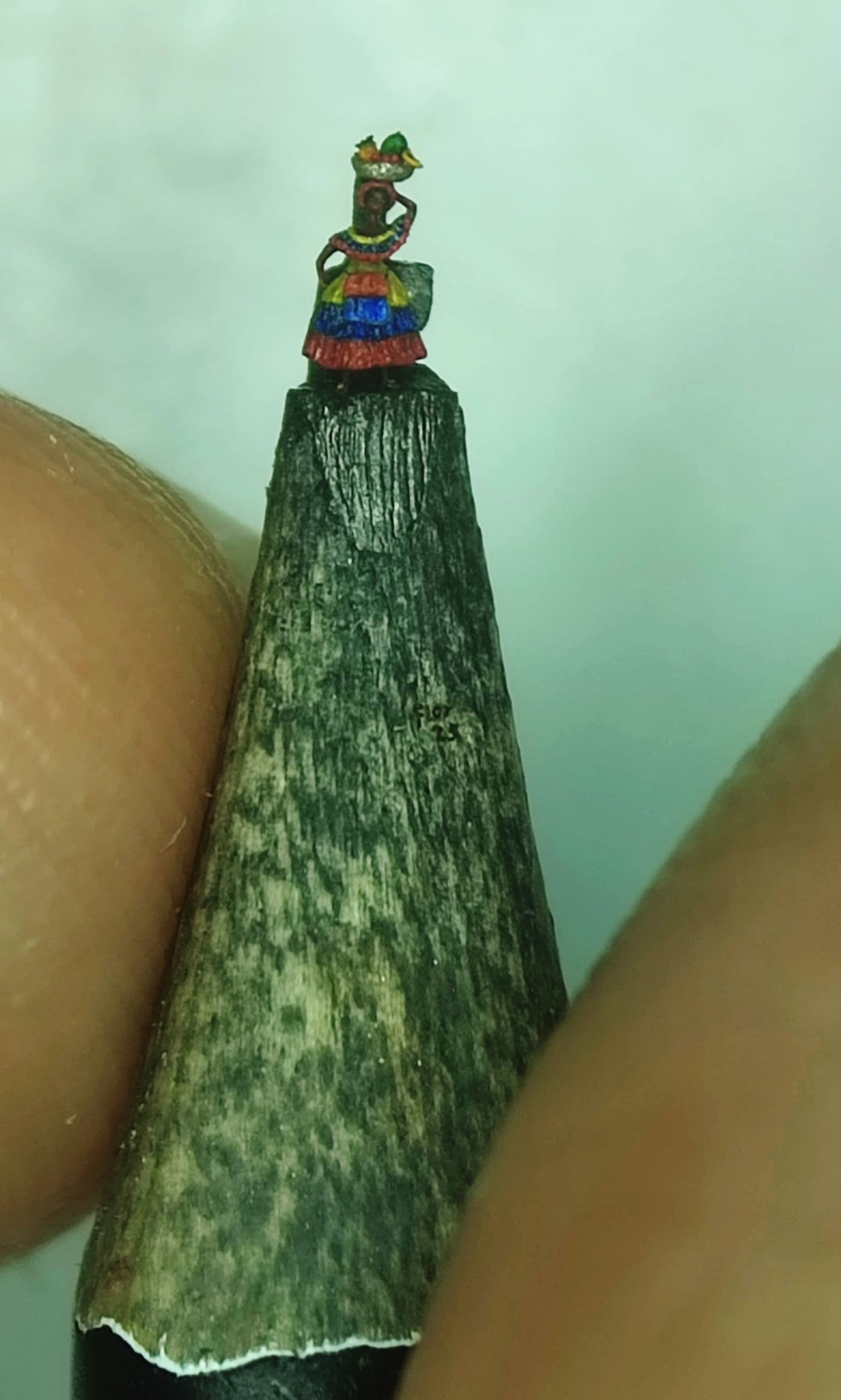
Art by Flor Carvajal. Photo: Courtesy.
Flor Carvajal was born in Bucaramanga, Santander, and from a young age she knew that art would be an essential part of her life. Although her first steps weren't with paintbrushes or sculpture, they were marked by artistic expression: she participated in television programs and plays, wrote poetry, and trained in storytelling.
I've been an artist since I was a child. I wrote stories, performed plays, recited poems... I loved everything.
His academic training was in acting for He's a television and theater major, but he never formally studied fine arts. Everything he knows about sculpture, proportions, materials, and painting he taught himself. "I wasn't taught this anywhere. I discovered it magically."
The challenge where it all began That discovery came in 1999, when a journalist challenged him to create the smallest work he could. From that challenge arose a technical and emotional quest that, over time, led to his specialty: microsculpture, an art where everything is reduced to the extreme, but which, paradoxically, demands utmost attention to detail.
The origins of his work are also marked by memory and spirituality. The first microsculpture he clearly remembers was a nativity scene made from recycled materials, a constant feature of his work.
I started with a coin, then moved to a lentil, then to a grain of rice, and then to the head of a pin.
Each step was a millimetric reduction, a demonstration that art can also expand toward the microscopic.
Flor has a special connection with nativity scenes. “I have dozens of Christmas plays, Nativity scenes, religious scenes… It's what I do most. They represent life, hope, family.”
This is how a microsculpture is born: from internal vision to the tiny object
Her creative process begins not with her hands, but with her mind. Before picking up a needle or a paintbrush, Flor has already visualized the entire work.
Everything starts with the imagination. I can see it finished before I even begin.
Once the mental image is clear, the collection of materials begins. “I work with more than 500 different types of recycled materials. I look for anything that can help me shape it: dust particles, dried flowers, fabric fragments, wires, bits of plastic.”
Once she's found the ideal base—a stone, a garlic peel, a grain of rice, or even an eyelash —she begins to model. She creates an internal structure or "skeleton," applies a potting soil she prepares herself, and then molds each limb with extreme precision. Her tools are needles, many of them modified to have an even finer point.
The final touch is the paint, which he applies with oil, drop by drop, letting each layer dry for days. “A sculpture can take me three days. But painting can take weeks. It's all a matter of patience and control.”
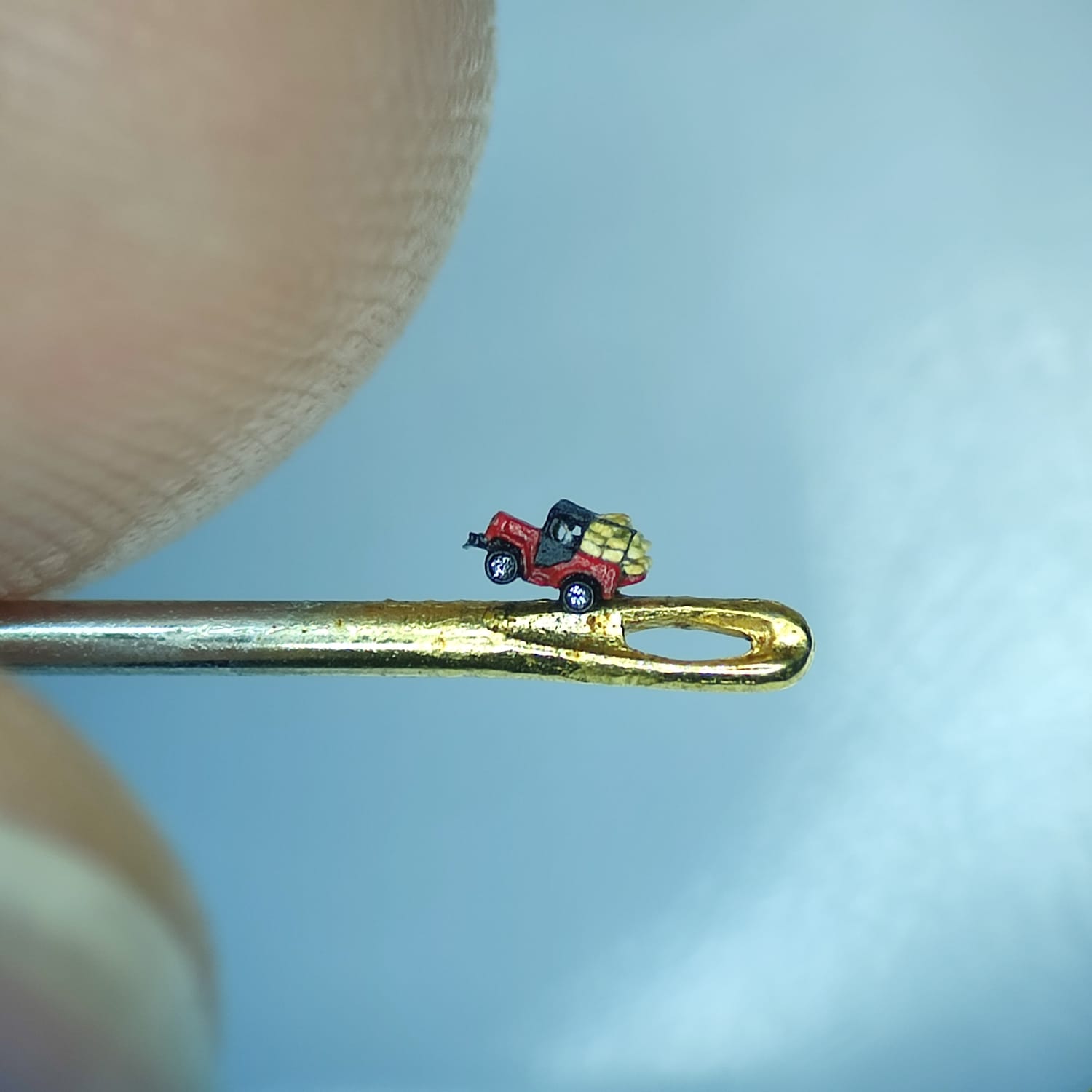
Art by Flor Carvajal. Photo: Courtesy.
One of the most demanding aspects of her art is physical control. Flor works for hours with absolute concentration, knowing that a single wrong move can ruin everything. “The biggest technical challenge is the timing. One wrong move and I lose the work.”
On several occasions, he's had to start from scratch due to a slight tremor. "With the character of Tata, for example, I did it three times. I was almost finished, and a bad eyebrow injury forced me to scrap everything and repaint from the beginning."
When that happens, he doesn't get frustrated. He starts over. "This art has taught me patience , to respect the timing of things."
When asked what her favorite work is, Flor laughs: “I don't have a favorite. They're all my little ones. Each one has its own story, its own process, its own essence. I talk to them all, I take care of them. For me, they're alive.”
Some works, like Pikachu and The Little Witch, were quick and spontaneous; others, like his recreation of Leonardo da Vinci's The Last Supper, took more than three months. "It had so many details and characters, it was crazy. It was oil on canvas with three-dimensional volume. It was an incredible experience."
An artist without borders Flor has not only created a unique universe in her studio, she has also shared it with the world. She has exhibited her microsculptures in shopping malls, schools, fairs, cultural centers, and museums. In Colombia, she has traveled to almost every region, and abroad, she has taken her pieces to Ecuador and the United States.
In Tucson, Arizona, my works were in a museum. I couldn't go, but the sculptures did arrive.
Through his exhibitions, he has managed to democratize his art. “We like everyone to be able to see it. We want it not to remain in a gallery for a select few. We've been to town festivals, local fairs, and art festivals. I like to see people's reactions when they come up with a magnifying glass and can't believe what they see.”
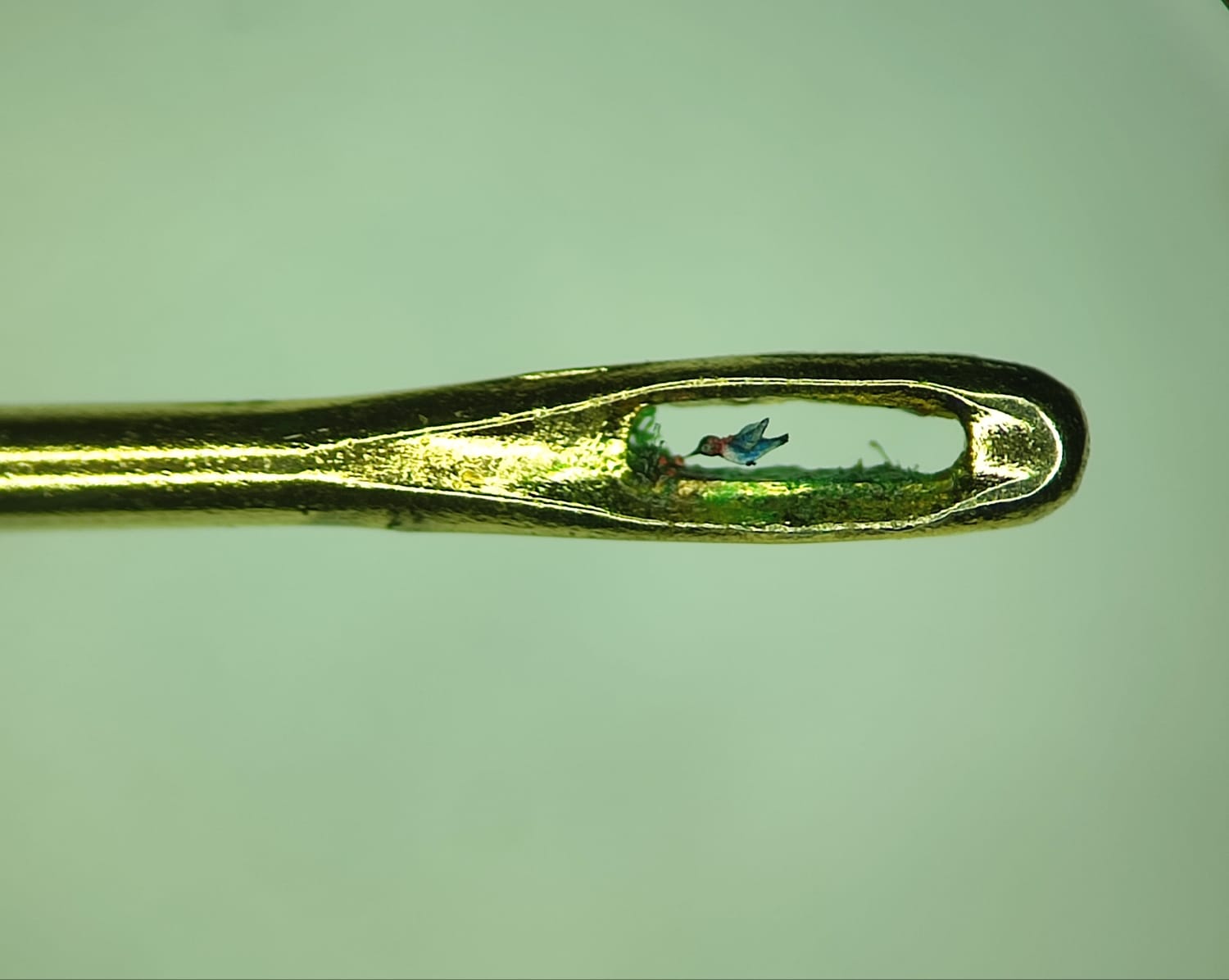
Art by Flor Carvajal. Photo: Courtesy.
Unlike other artists, Flor doesn't sell her works. "I exhibit them, I share them. Maybe I'll do that later, but for now I'm not interested in commercializing them. I want them to live on, to continue telling stories."
His microsculptures are constantly evolving. Many have been restored over time, enhanced with new painting techniques or more durable materials.
What he dreams of and the legacy he wants to leave Flor dreams of continuing to teach, sharing her knowledge, and inspiring others to see the world from a small perspective. “I would love to teach workshops and train others.”
This art is not learned at a university, it is discovered with love
She also hopes that miniature art will be more valued in the future , both in Colombia and around the world. “I feel like it's a little-known art form. There's a lot of talent, but it lacks recognition. Other male microsculptors found me on social media and started following me. I realized I'm the only woman in this field, for now.”
A tip for beginners For those who want to make art without having formally studied, he leaves a clear message: “You don't need school to be an artist. You need passion, curiosity, and perseverance. Look at what's around you, explore, start with big things and work your way down. Anything helps: a torn piece of paper, a dried flower, a piece of plastic. Not everything is trash; sometimes they're tiny treasures.”
Look at the invisible, love the tiny Flor Carvajar has achieved something extraordinary: she has not only sculpted on microscopic surfaces, but has given tangible form to what many consider impossible. Her art is a declaration that small things matter, that a universe can fit on an eyelash , and that the heart of a Colombian artist can beat strongly in every millimeter of a work.
In his hands, recycling becomes sculpture, detail becomes devotion, and the invisible becomes eternal art.
LATEST NEWS EDITORIAL
eltiempo

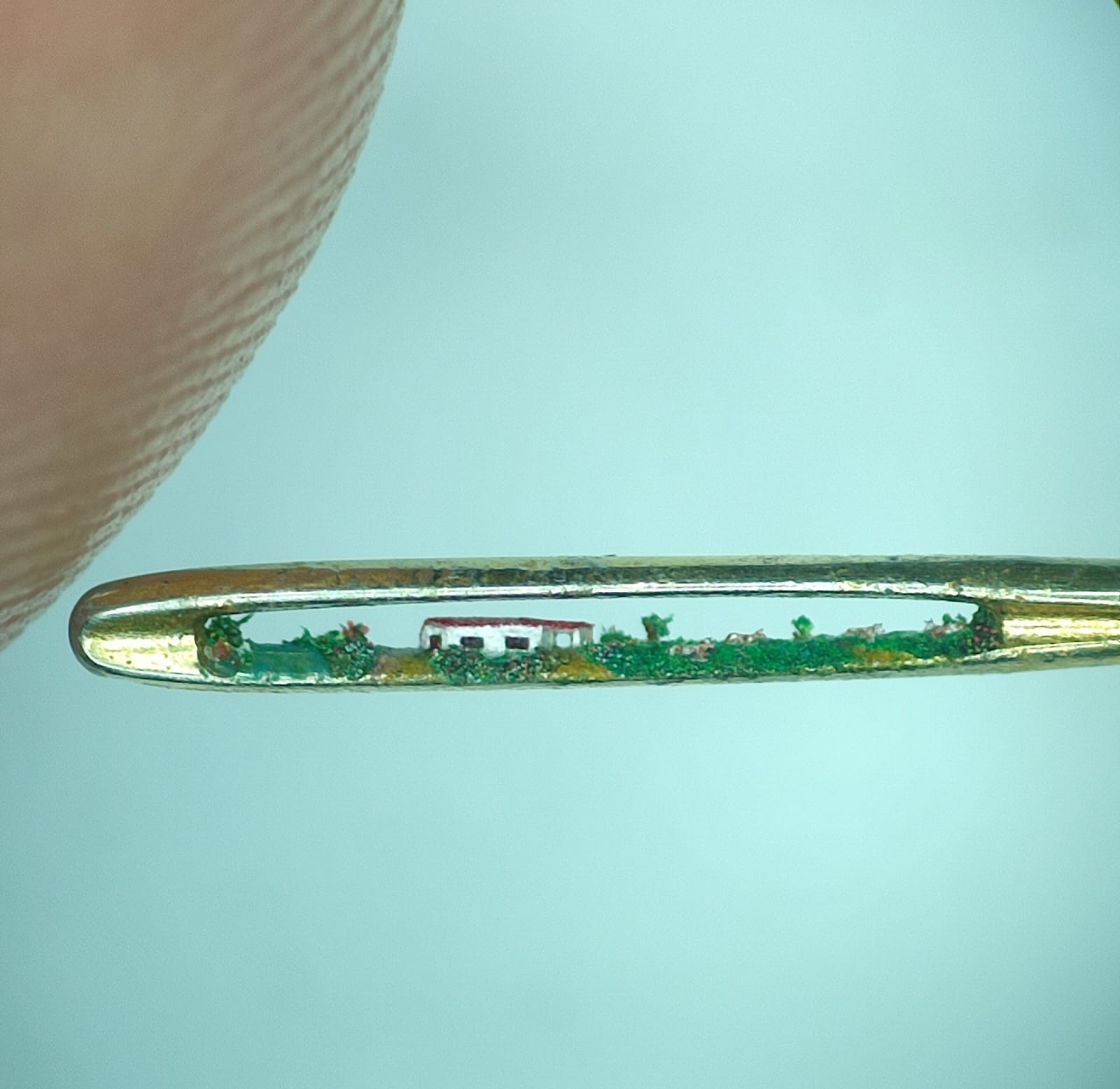
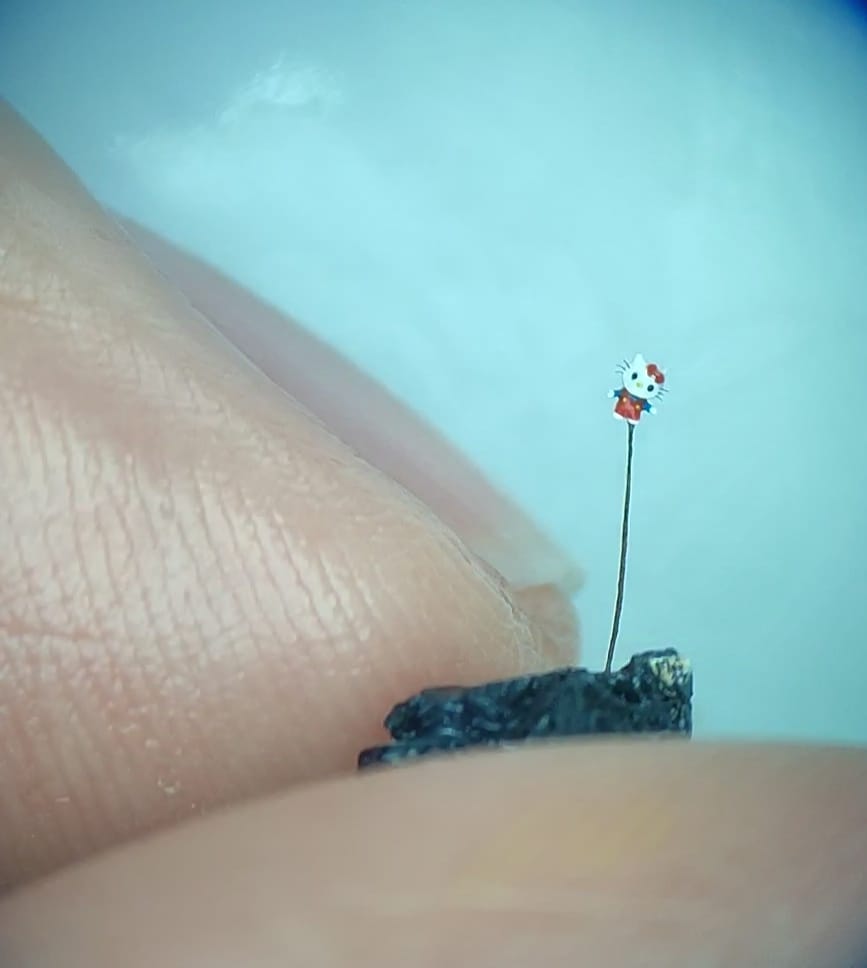
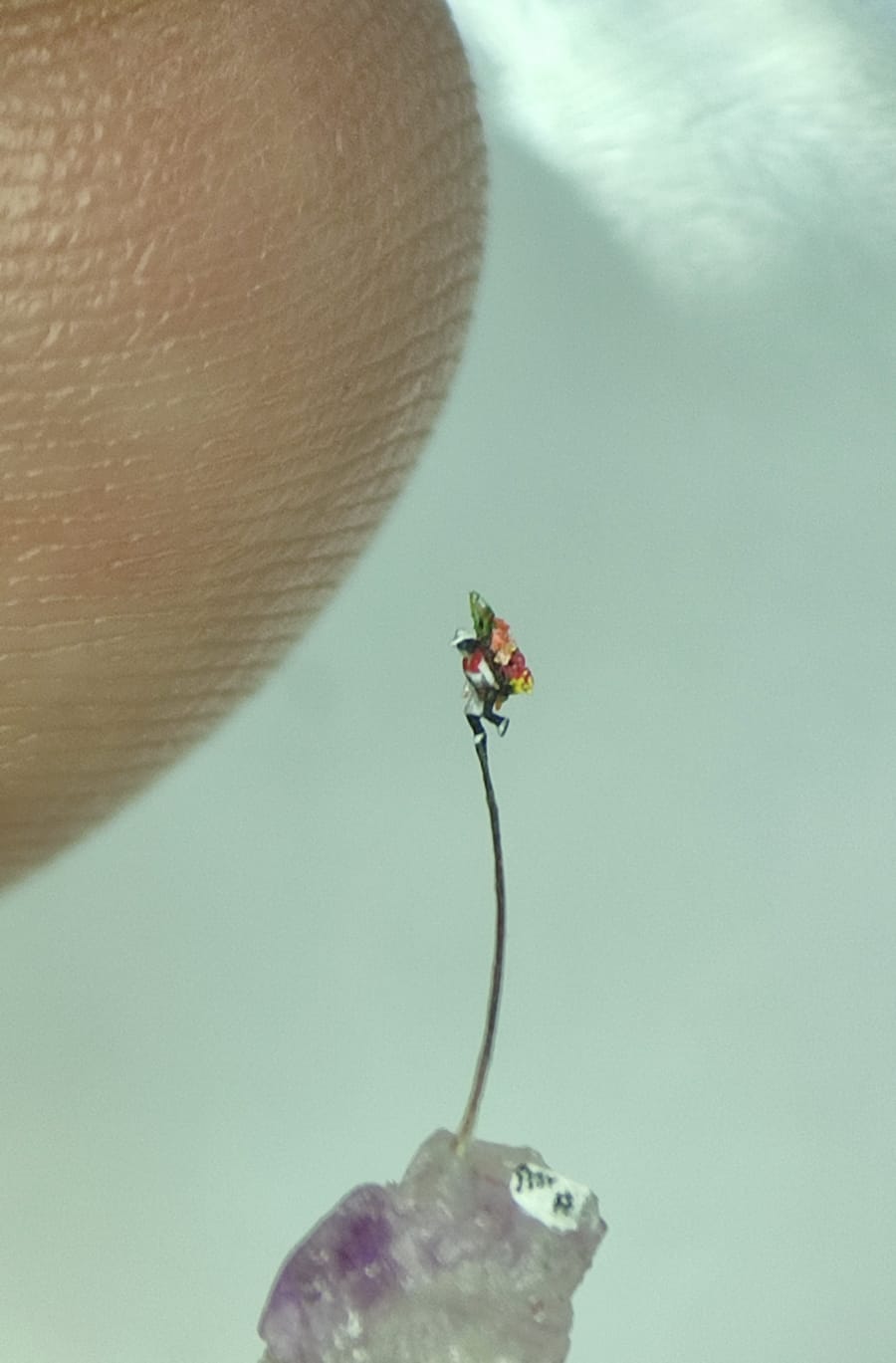
%3Aformat(jpg)%3Aquality(99)%3Awatermark(f.elconfidencial.com%2Ffile%2Fbae%2Feea%2Ffde%2Fbaeeeafde1b3229287b0c008f7602058.png%2C0%2C275%2C1)%2Ff.elconfidencial.com%2Foriginal%2F3d6%2F50c%2F99c%2F3d650c99cdc49b498cf71245a542c84f.jpg&w=3840&q=100)

%3Aformat(jpg)%3Aquality(99)%3Awatermark(f.elconfidencial.com%2Ffile%2Fbae%2Feea%2Ffde%2Fbaeeeafde1b3229287b0c008f7602058.png%2C0%2C275%2C1)%2Ff.elconfidencial.com%2Foriginal%2F40f%2F586%2F784%2F40f586784d24cfbfa78399d5e0c6a332.jpg&w=3840&q=100)

